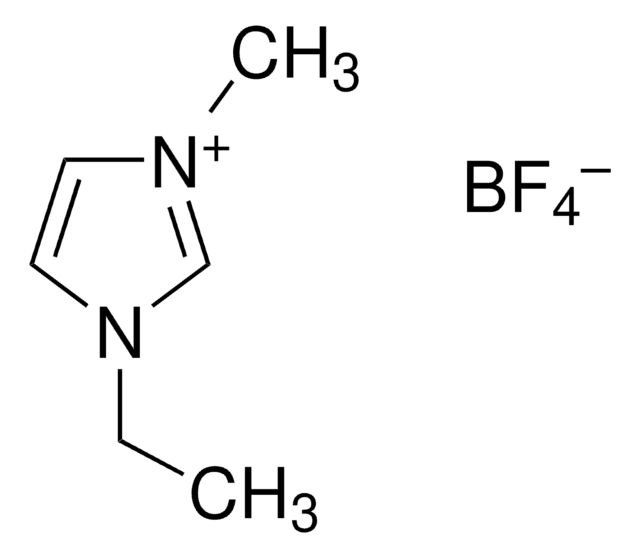MABE1123
Anti-XPB Antibody, clone 15TF2-1B3
ascites fluid, clone 15TF2-1B3, from mouse
Sinônimo(s):
TFIIH basal transcription factor complex helicase XPB subunit, Basic transcription factor 2 89 kDa subunit, BTF2 p89, DNA excision repair protein ERCC-3, DNA repair protein complementing XP-B cells, TFIIH basal transcription factor complex 89 kDa subunit
About This Item
Produtos recomendados
fonte biológica
mouse
Nível de qualidade
forma do anticorpo
ascites fluid
tipo de produto de anticorpo
primary antibodies
clone
15TF2-1B3, monoclonal
reatividade de espécies
human
técnica(s)
immunocytochemistry: suitable
western blot: suitable
Isotipo
IgG1κ
nº de adesão NCBI
nº de adesão UniProt
Condições de expedição
wet ice
modificação pós-traducional do alvo
unmodified
Informações sobre genes
human ... ERCC3(2071)
Descrição geral
Imunogênio
Aplicação
Epigenetics & Nuclear Function
Nuclear Receptors
Western Blotting Analysis: A representative lot detected endougenous as well as exogenously expressed Xpb in both U2OS17 whole cell lysate and in THIIF p62 subunit immunoprecipitate (Ziani, S., et al. (2014). J Cell Biol.;206(5):589-598).
Western Blotting Analysis: A representative lot detected Xpb in THIIF TTDA subunit immunoprecipitate (Giglia-Mari,G., et al. (2006). PLoS Biol. 4(6): e156).
Immunocytochemistry Analysis: A representative lot detected XPB recruitment to the DNA damage sites in the nuclei of UV-irradated HeLa cells (Alekseev, S., et al. (2014). Chem Biol. 21(3):398-407).
Qualidade
Western Blotting Analysis: A 1:2,000 dilution of this antibody detected XPB in 10 µg of HeLa nuclear extract.
Descrição-alvo
forma física
Armazenamento e estabilidade
Handling Recommendations: Upon receipt and prior to removing the cap, centrifuge the vial and gently mix the solution. Aliquot into microcentrifuge tubes and store at -20°C. Avoid repeated freeze/thaw cycles, which may damage IgG and affect product performance.
Outras notas
Exoneração de responsabilidade
Não está encontrando o produto certo?
Experimente o nosso Ferramenta de seleção de produtos.
Código de classe de armazenamento
12 - Non Combustible Liquids
Classe de risco de água (WGK)
nwg
Ponto de fulgor (°F)
Not applicable
Ponto de fulgor (°C)
Not applicable
Certificados de análise (COA)
Busque Certificados de análise (COA) digitando o Número do Lote do produto. Os números de lote e remessa podem ser encontrados no rótulo de um produto após a palavra “Lot” ou “Batch”.
Já possui este produto?
Encontre a documentação dos produtos que você adquiriu recentemente na biblioteca de documentos.
Nossa equipe de cientistas tem experiência em todas as áreas de pesquisa, incluindo Life Sciences, ciência de materiais, síntese química, cromatografia, química analítica e muitas outras.
Entre em contato com a assistência técnica


![2,2′-Metilenobis[6-(2H-benzotriazol-2-il)-4-(1,1,3,3-tetrametilbutil)fenol] analytical standard](/deepweb/assets/sigmaaldrich/product/structures/236/824/ce89085c-b9e1-4ea0-8157-44b6f9466ed6/640/ce89085c-b9e1-4ea0-8157-44b6f9466ed6.png)



